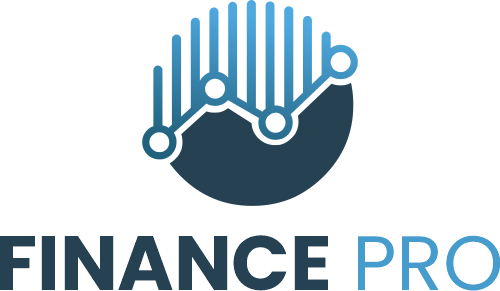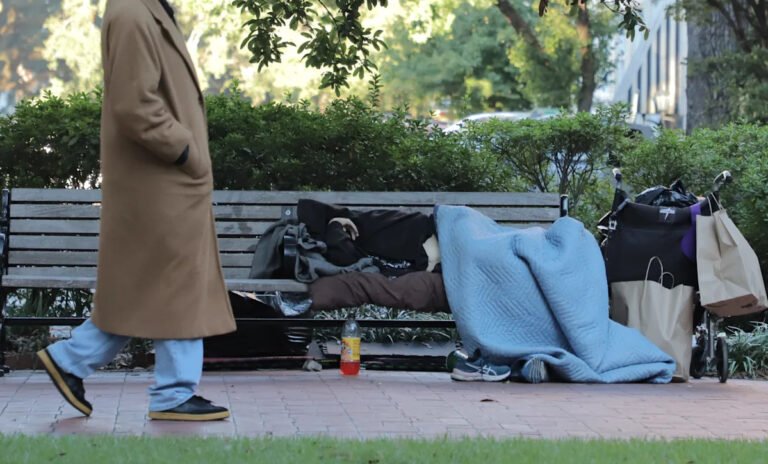When we see people in need in our public spaces, it’s natural to wonder how investments in art, parks and community events fit in. The truth is — they’re deeply connected.
The Thomson administration’s focus comes down to two intertwined goals: addressing the root causes of homelessness and strengthening Bloomington’s population and wage base. To achieve both, the city and its partners are moving forward on parallel but connected tracks of work.
Homelessness doesn’t begin in a park. It begins with systems that make it hard for people to find or keep stable housing. Root cause analysis points to a lack of housing and high housing costs as the primary constraint that prevents people from making Bloomington their home. Creating housing that people can afford is central to solving both homelessness and Bloomington’s population decline.
Our city is shrinking and it has been for a while. We are seeing impacts from this in our schools — with reduced funding and increased class sizes — and in our new city budget, which “does less with less.” We are also bracing ourselves for revenue reductions related to the impacts of Senate Enrolled Act 1, which will reduce property taxes and limit the city’s ability to advance local income taxes. When people work here but live elsewhere, their income tax follows them to their residential address. Further, our housing stock is reduced by the volume of standalone AirBNBs in Bloomington, a symptom of our beautiful city’s popularity as a tourism destination. So, how do we tackle a challenge this large?

Jane Kupersmith is director of Bloomington’s Economic and Sustainable Development department.
We know from analysis from Downtown Bloomington Inc. that over 14,000 people are living outside of Bloomington and commuting in for work. Many of these commuters are happy to make the drive, but many others simply cannot afford to purchase homes in Bloomington.
Mix of housing: ‘A new path for Hopewell’: How Bloomington plans to develop its newest neighborhood
In order for the city to reverse its population trend, it must make affordable and attainable homes in Bloomington. In June, the Redevelopment Commission approved a plan to provide a comprehensive and coordinated design for the initial pilot blocks that would allow small- to mid-size local builders to tackle their development: democratizing neighborhood development through coordinated design and policy. Crucially, this redevelopment directly addresses Bloomington’s housing crisis and the shortage of attainable homes for young professionals and other residents. In response, the Hopewell South project is geared toward providing a diverse mix of housing types at a range of price points, creating options for first-time homebuyers, the local workforce, and families — not just luxury apartments or student rentals.
We also receive very clear and regular feedback that our permitting processes are problematic. Timelines are so long that builders and developers can’t afford to carry the interest costs while they await approvals, which means that they are choosing to build in other communities. Or they simply bake the interest costs into the final product cost, making already expensive housing even more so. In response, City Planning and City of Bloomington Utilities are undergoing process efficiency audits to reduce timelines to approval.
So if housing and permitting reform make sense, why does the city also invest in art, trails and creative districts? Because we know that people choose where to live before they choose where to work. The job — whether for a chemical engineer in biopharma or an entrepreneur growing a startup — is only part of the decision. A city’s culture, beauty, amenities and sense of community complete the picture.
We are competing with cities like Fishers, Carmel and Westfield, which have invested incredible amounts of funding to create arts forward, activated city centers. Current projects like the work on the arts incubator space, the Power Line Trail or the public art piece that will be going into Miller-Showers Park, all serve to advance our quality of place and make us more competitive.
Events like the Trades District Block party on Nov. 7 from 5 to 8 help us weave these threads together as we celebrate innovation, entrepreneurship and community. If you’ve driven by the Trades District (between 10th and 11th streets, and Rogers and Morton streets) but have never stopped, we would love for you to come hang out. Listen to music. Play a game. Have some snacks, and meet a few new people.

Jane Kupersmith is director of Bloomington’s Economic and Sustainable Development department.
Ultimately, addressing the root causes of homelessness and driving population and wage growth require the same foundation: a livable, attainable and inspiring city. By creating housing that residents of all income levels can afford, removing barriers that slow down responsible development and continuing to invest in the amenities that make Bloomington unique — its trails, public art and its commercial districts — we are building the conditions for stability and prosperity. When people can afford to live here, feel connected to place, and see opportunity for themselves and their families, we strengthen not just our economy but our entire community.
Jane Kupersmith is director of Economic & Sustainable Development for the city of Bloomington.
This article originally appeared on The Herald-Times: Bloomington growth requires investments in arts and housing solutions

